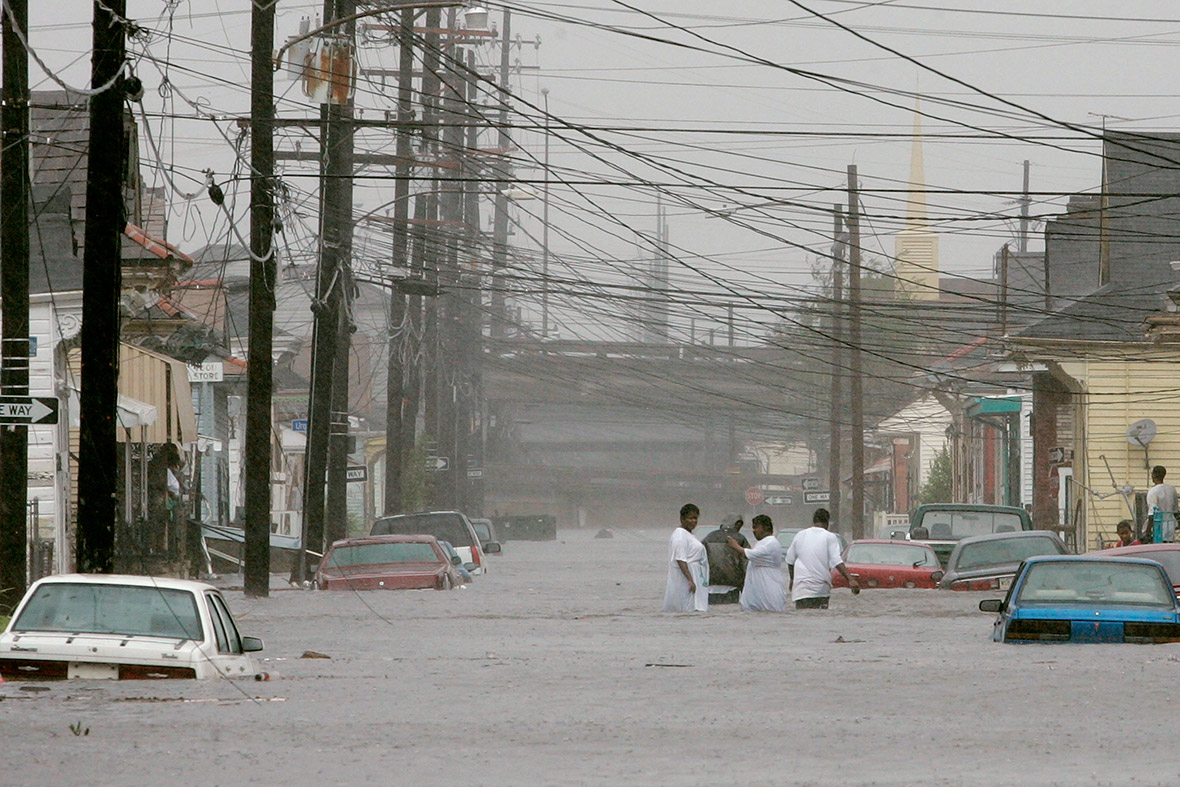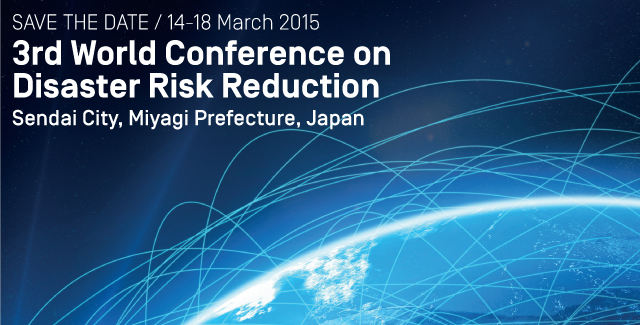
In recent years, we've seen natural disasters take a serious toll on our nation. Nearly a decade ago, Hurricane Katrina devastated New Orleans, killing more than 1,800 people and leaving some communities yet to completely recover. In 2012, Hurricane Sandy caused at least 162 deaths in the United States and damaged hundreds of thousands of homes. Beyond the human costs, these disasters have significant financial consequences. The Congressional Research Service has reported that Hurricane Katrina cost the federal government approximately $120 billion while Hurricane Sandy cost $60 billion. The years without disasters of that scale are expensive as well, often seeing the federal government spend between $2 billion and $6 billion.
The risks that natural disasters pose aren't likely to go away anytime soon. As the Third National Climate Assessment points out: "Certain types of extreme weather events with links to climate change have become more frequent and/or intense, including prolonged periods of heat, heavy downpours, and, in some regions, floods and droughts." Unfortunately, our federal policies aren’t as well suited for these problems as they should be. We focus our resources largely on responding and recovering from natural disasters after they’ve occurred—when we should focus instead what we can do before they do. We need to re-orient our policies, and do so in ways that will save lives and money.
When discussing homeland security, policy analysts generally talk about five mission areas: prevention, protection, mitigation, response, and recovery. In evaluating where to put resources—dollars and people, for example—public officials divvy them between these areas, deciding what's appropriate given the threats and hazards they face. When dealing with terrorism, prevention is a focus, so we put some of these resources into activities such as intelligence gathering. Where natural disasters are concerned, prevention isn't really an option so we focus our efforts on the other four areas.
At the federal level, this has largely meant funding response and recovery. FEMA, the federal agency most of us think of when we talk about natural disasters, spends much of its time assisting states and communities after they've been hit. In the wake of a major storm, emergency managers, firefighters, and law enforcement will conduct search and rescue operations, tend to the injured, clean debris, and start repairing roads and bridges, among other things. If the damage is severe enough, FEMA will pick up the tab for much of this work through its public assistance program and help people get back on their feet through individual assistance. Other agencies kick in as well. The Department of Housing and Urban Development, the Small Business Administration, the Department of Transportation, and a number of others all provide after-the-fact disaster assistance.
Helping communities rebuild is important, especially after they've been overwhelmed by a catastrophe. But in focusing on after-the-fact response and recovery, we haven't done as much as we should before natural disasters hit. Mitigation is a prime example of this. It's well established that there are a number of actions communities can take to reduce the impact of disasters. For example, well-designed building codes can ensure that structures can withstand the damage of earthquakes or floods; residential and community safe rooms can shield people from wind and debris; and homes can be elevated to reduce flood damage. These steps build resiliency against disasters and take people out of harm's way. This means that there's less to repair and rebuild— and less need for costly response and recovery efforts. One oft-cited figure estimates that for every dollar spent on mitigation, four are saved.
Currently, when the federal government assists with mitigation, it largely does so as part of its recovery efforts. That is, when helping rebuild after a disaster, FEMA and the Department of Housing and Urban Development will provide funding for communities to put together mitigation plans or buy and relocate structures in flood-prone areas, for example. This is good. But even better would be a concerted effort to promote mitigation before a disaster hits. There are several ways we can try to do this. One is simply to spend more money on such efforts. The President's 2016 budget takes a step in this direction, proposing to increase funding for FEMA's "pre-disaster" mitigation program from $25 million to $200 million. That's still a long way from the billions that will go toward disaster relief, but it's a start.
Another option is to shift funding in other grant programs toward mitigation. FEMA currently spends more than $1 billion a year on its terrorism-focused preparedness grants. These programs have been very successful in helping states and cities strengthen their ability to respond to attacks. Boston, for example, uses this funding to conduct its Urban Shield training exercises, which it credits for its quick response to the 2013 marathon bombing. But it's time to consider opening these grants up to a wider range of purposes and encouraging recipients to direct a portion of what they get to mitigation.
Finally, the federal government should create incentives for states and localities to do more mitigation on their own. BuildStrong, a coalition of businesses and emergency managers, has been pushing for the adoption of the Safe Building Code Incentive Act for several years. This legislation would provide states with more assistance after a disaster if they have strong building codes in place beforehand. Inducements such as these could go a long way toward encouraging communities to consider mitigation. This is an achievable goal and one worth pursuing. By doing more before disasters hit, the federal government will have less to do after.
source: brookings.edu



 Sydney (AFP) - A 6.5-magnitude earthquake struck off the Pacific nation of Vanuatu Thursday, the United States Geological Survey said.
Sydney (AFP) - A 6.5-magnitude earthquake struck off the Pacific nation of Vanuatu Thursday, the United States Geological Survey said.

